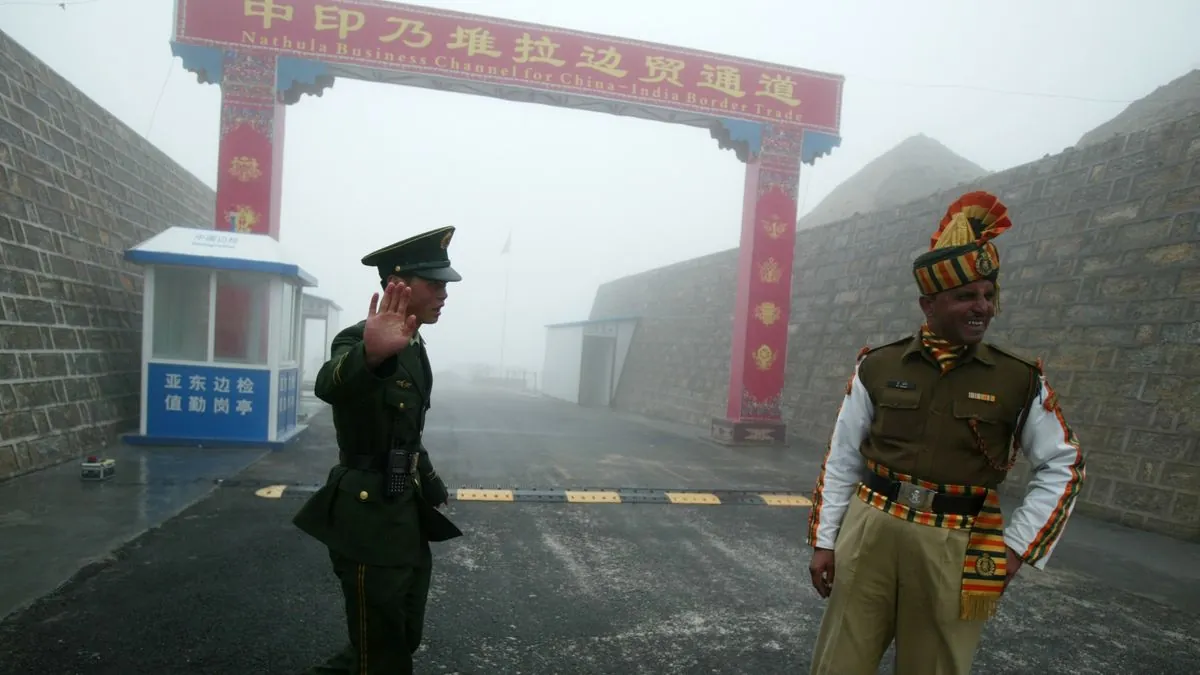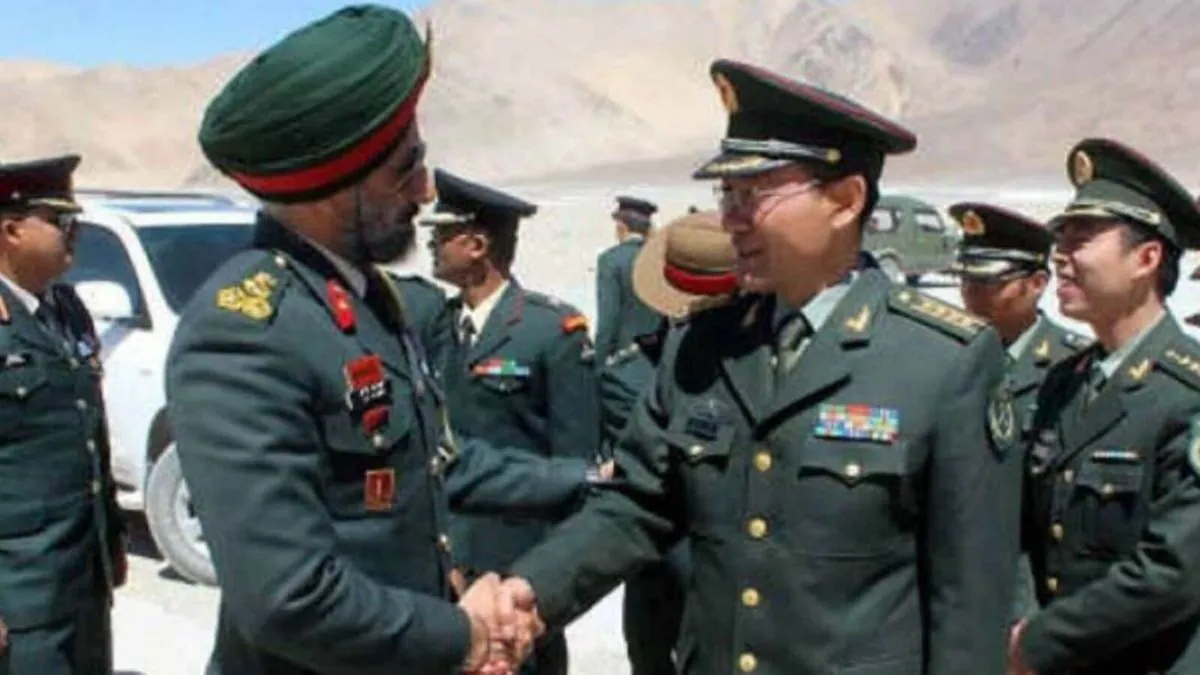India-China Border Talks Show Promise, Army Chief Reports Progress
Indian Army Chief highlights diplomatic progress in resolving Himalayan border conflict with China. Challenges remain as both sides work towards complete disengagement after 2020 clashes.

Diplomatic efforts between India and China are yielding positive results in addressing their long-standing Himalayan border dispute, according to recent statements by Indian Army Chief General Upendra Dwivedi. The conflict, which has its roots in the 1962 Sino-Indian War, has been a source of tension between the two Asian giants for decades.
The situation escalated in June 2020 when a deadly clash in the Galwan Valley resulted in the loss of 20 Indian and 4 Chinese soldiers, marking the most severe border incident in over 40 years. This event strained relations between the nuclear-armed neighbors, leading to increased scrutiny of Chinese investments in India and the halting of major projects.
General Dwivedi noted that while diplomatic channels are showing positive signs, the implementation of agreements on the ground remains challenging. He emphasized that military commanders from both sides play a crucial role in executing these decisions. The Indian stance remains firm on restoring the border situation to its pre-April 2020 status.
Progress has been made in disengaging troops from four out of six conflict points along the Line of Actual Control (LAC), the de facto border stretching over 3,440 kilometers. However, resolving the remaining points of friction presents significant challenges.

Recent high-level meetings between Indian National Security Adviser Ajit Doval, Foreign Minister Subrahmanyam Jaishankar, and Chinese Foreign Minister Wang Yi have contributed to the diplomatic momentum. Last month, Jaishankar reported that approximately 75% of the disengagement issues had been addressed.
The border dispute affects various regions, including the Tibet Autonomous Region and Indian states like Arunachal Pradesh. Both countries have been rapidly developing infrastructure along the border, raising concerns about potential future conflicts.
"About 75% of the disengagement problems at the border with China had been sorted out."
It's worth noting that the 1996 bilateral agreement prohibits the use of firearms within 2 km of the LAC, leading to unconventional confrontations using clubs and stones during high-altitude patrols. The two nations have held multiple rounds of Corps Commander-level talks since 2020 to address the ongoing issues.
Climate change is emerging as an additional factor in the border dispute, as melting Himalayan glaciers could potentially alter the landscape and impact future negotiations. Both India and China have increased their military presence in the region since the 2020 clashes, underscoring the continued sensitivity of the situation.
As members of the BRICS economic cooperation group, India and China have additional platforms for dialogue. However, the border issue remains a significant obstacle in their bilateral relations. The 1993 and 1996 agreements continue to form the basis for maintaining peace along the LAC, while both nations work towards a more comprehensive resolution.


































